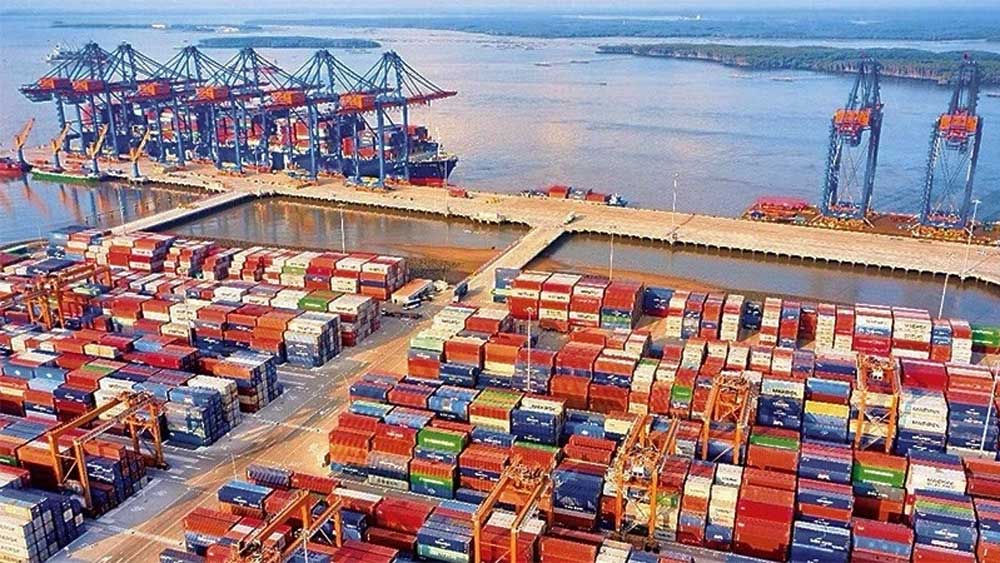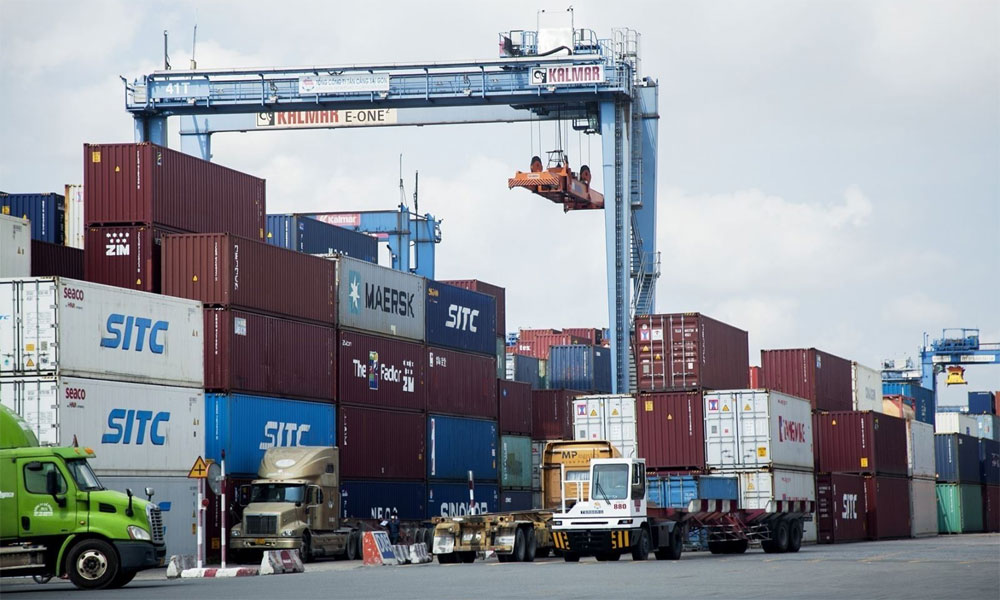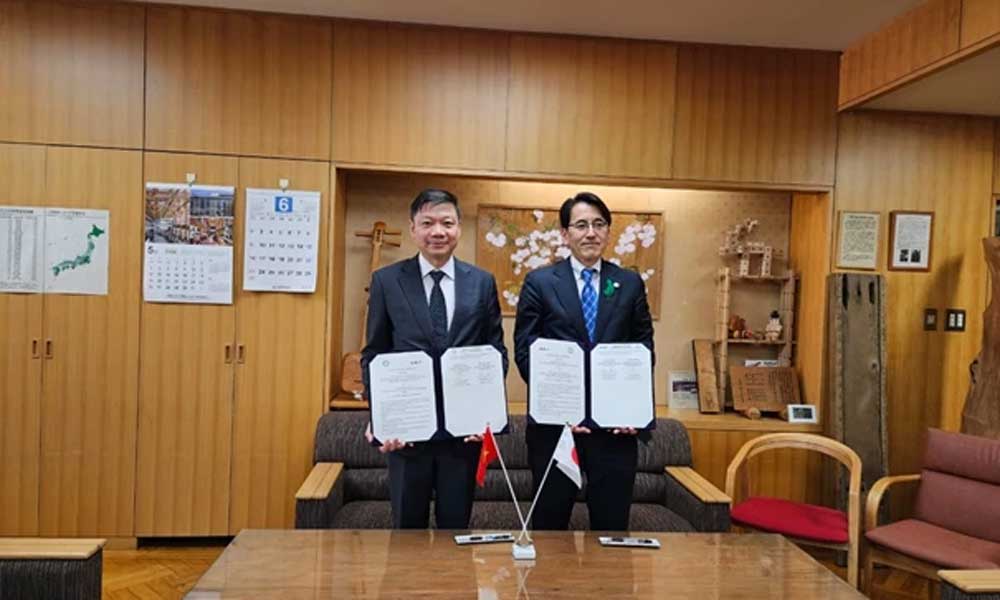Commodity market benefits from Vietnam-Australia trade
Bustling commodity trade potential
In the ASEAN region, Vietnam is the second most important economy for Australia in terms of goods exports, accounting for about 2.1% of the total value in 2023, up from 1.5% before the Covid-19 pandemic.
 |
|
Goods handled at Binh Duong Port. |
Australia is considered Vietnam’s 7th largest trading partner, ranking 13th in terms of exports and 9th in terms of imports. Vietnam is also Australia’s 10th largest trading partner. The upgrade of the relationship to the Comprehensive Strategic Partnership emphasises the goal of promoting more effective economic and trade cooperation in the future. This may bring great potential to the value chain of goods between the two sides.
In fact, bilateral trade between the two countries has recorded many positive results in recent times. In 2022, the import-export turnover between the two countries reached 15.7 billion USD, an increase of 26.9% compared to 2021. In 2023, data from the General Department of Vietnam Customs showed that two-way trade in goods hit nearly 14 billion USD.
The most exported items to Australia are still Vietnam’s main product groups, including phone products and electronic components, machinery, computers, textiles, crude oil, and seafood.
Director of the Vietnam Commodity News Centre, Pham Quang Anh, said that Vietnamese businesses can proactively take advantage of this opportunity to promote exports of commodities such as rice, coffee, and fruit.
Promoting key products
In the first two months of 2024, many of Vietnam’s key products recorded strong export growth rates to Australia despite modest export revenue. The product with the most impressive increase during this period was coffee.
According to data from the General Department of Customs, turnover from Vietnamese coffee exports to Australia in the first two months of 2024 increased nearly 1.5 times over the same period last year, reaching 7.57 million USD, the highest level in the past four years. Thanks to the advantage of being the world’s largest Robusta coffee supplier, Vietnam is ready to meet the diverse needs of young people in Australia in addition to the traditional consumption of Arabica coffee.
Although it is considered to be among the most demanding markets in the world, the shift in demand of Australian rice importers highlights the great potential of the Vietnamese rice industry to increase its market share and compete with Thai rice. According to the General Department of Vietnam Customs, the value of Vietnamese rice exports to Australia in the first two months of this year also increased by 35.7% over the same period last year.
Meanwhile, Vietnam continues to import from Australia products such as coal, iron ore, cotton, wheat, metals, vegetables, and others. Vietnam became the Australia’s largest single cotton export market in 2023, accounting for 40% of total cotton export turnover —doubling the market share of 2020.
In the context of a sharp decline in US cotton output due to weather effects, cotton from Australia is gradually becoming an indispensable source for Vietnam. By taking advantage of the upgrading of bilateral relations, Vietnam and Australia can maintain their role as the largest cotton trading partners in the coming time, creating opportune conditions for Vietnam’s textile and garment products to maintain the dramatic growth seen in this market in the past two years.
Paving the way to promote other raw materials in the future
In addition to the potential of products that can be promoted bilaterally in the future, enhanced cooperation also brings opportunities to explore new raw materials that are Australia’s strengths.
Australia is a country rich in metal resources, in the top three important mineral reserves with high demand globally, such as zinc, lithium, nickel, cobalt, and copper. Meanwhile, these metals play a very significant role in the field of renewable energy, aiming to build a “Net-zero” scenario. This is also within the medium and long-term goals that Vietnam is aiming for until 2050.
From 2017 to 2023, demand from the energy sector caused world consumption for lithium to triple, for copper to quadruple, for cobalt to soar by 70%, and for nickel to rise by 40%. According to forecasts of the International Energy Agency (IEA), demand for these metals could expand by 35% by 2030 following the “Net-zero” scenario in 2050.
In the recent working framework between Vietnam and Australia, one of the major directions given is to promote strong green transformation. In particular, the Vietnamese Prime Minister emphasised that the two sides are expanding cooperation in the field of energy and resources through fostering trade and investment and sustainable renewable energy supply chains, helping both countries achieve their net zero emissions targets.
Source: NDO
 Bắc giang
Bắc giang














Reader's comments (0)